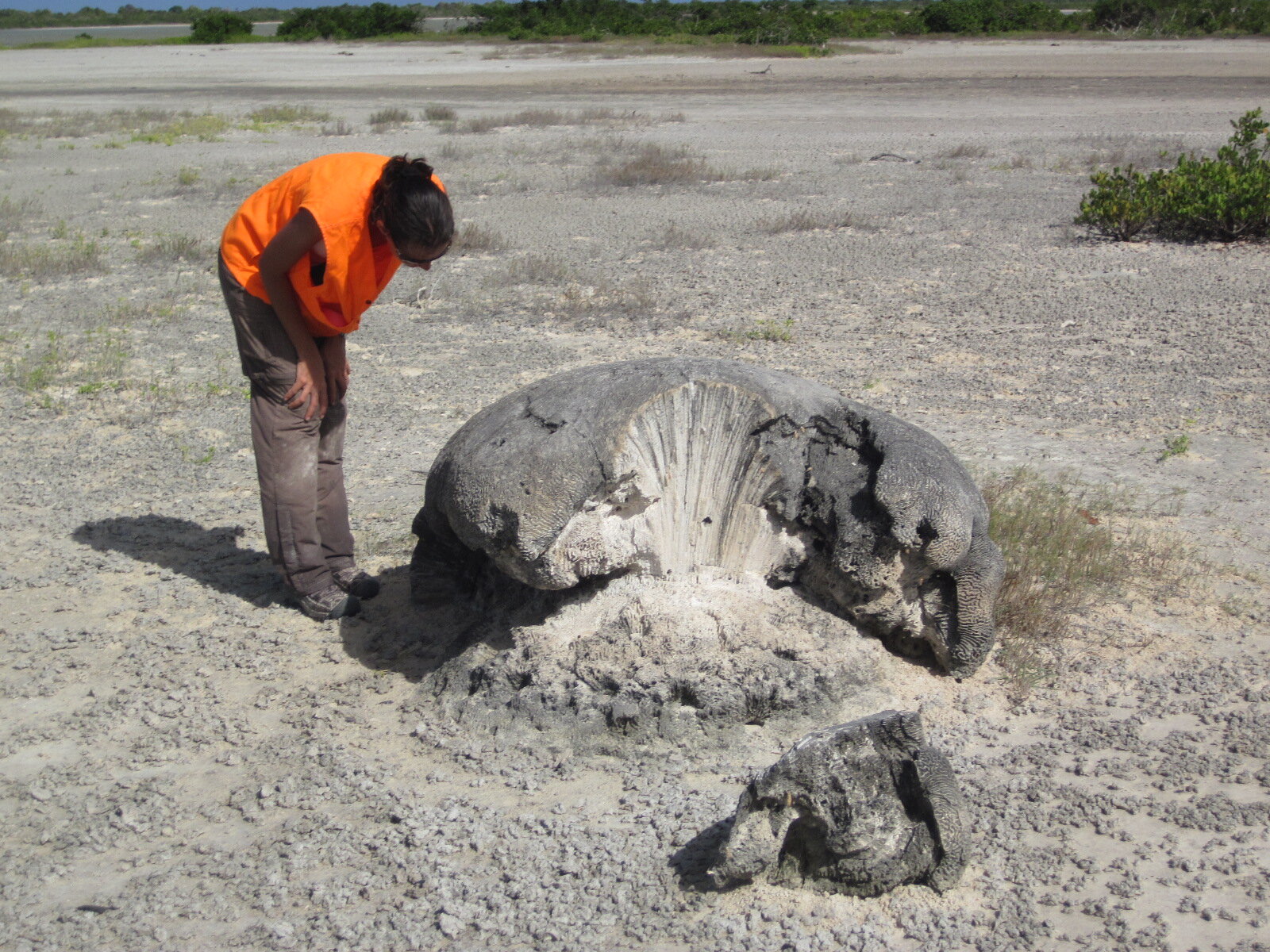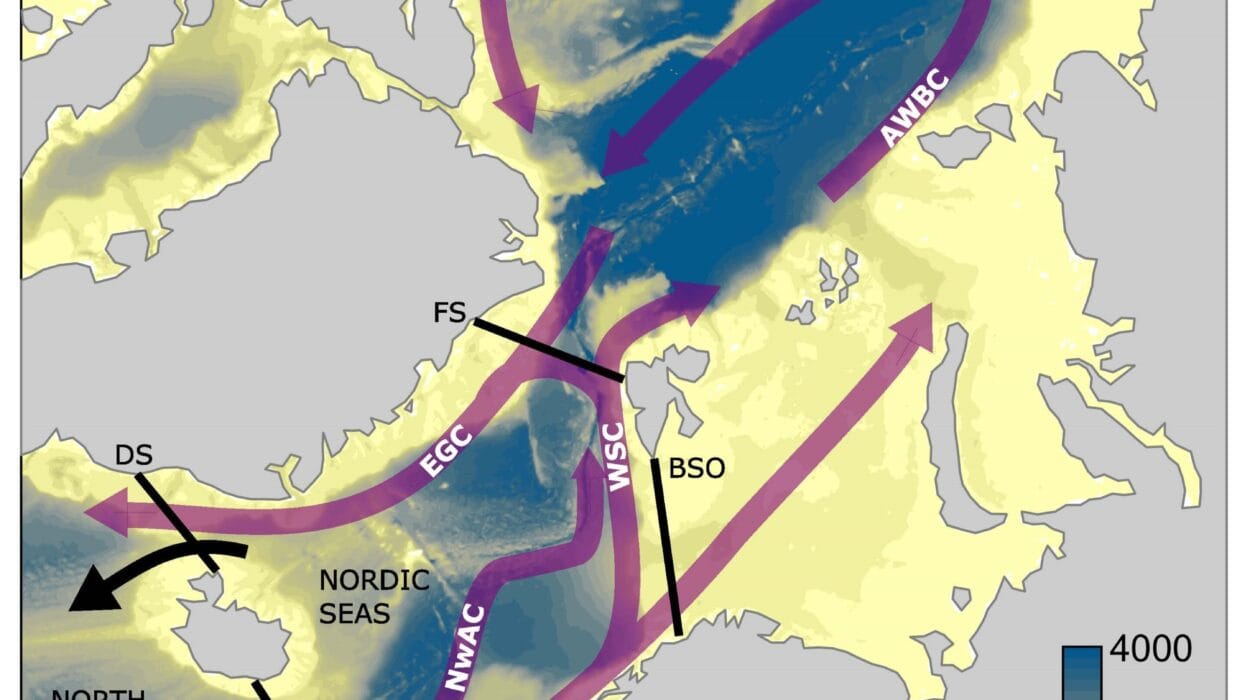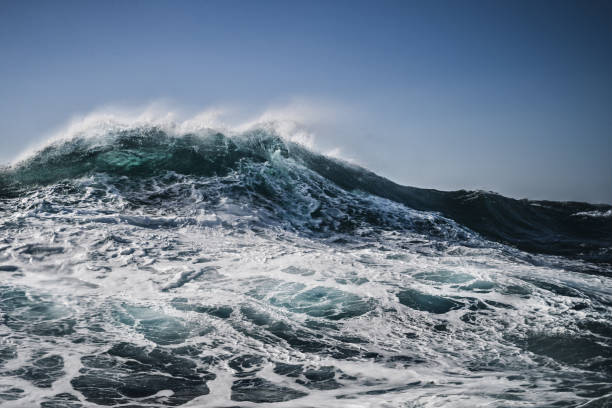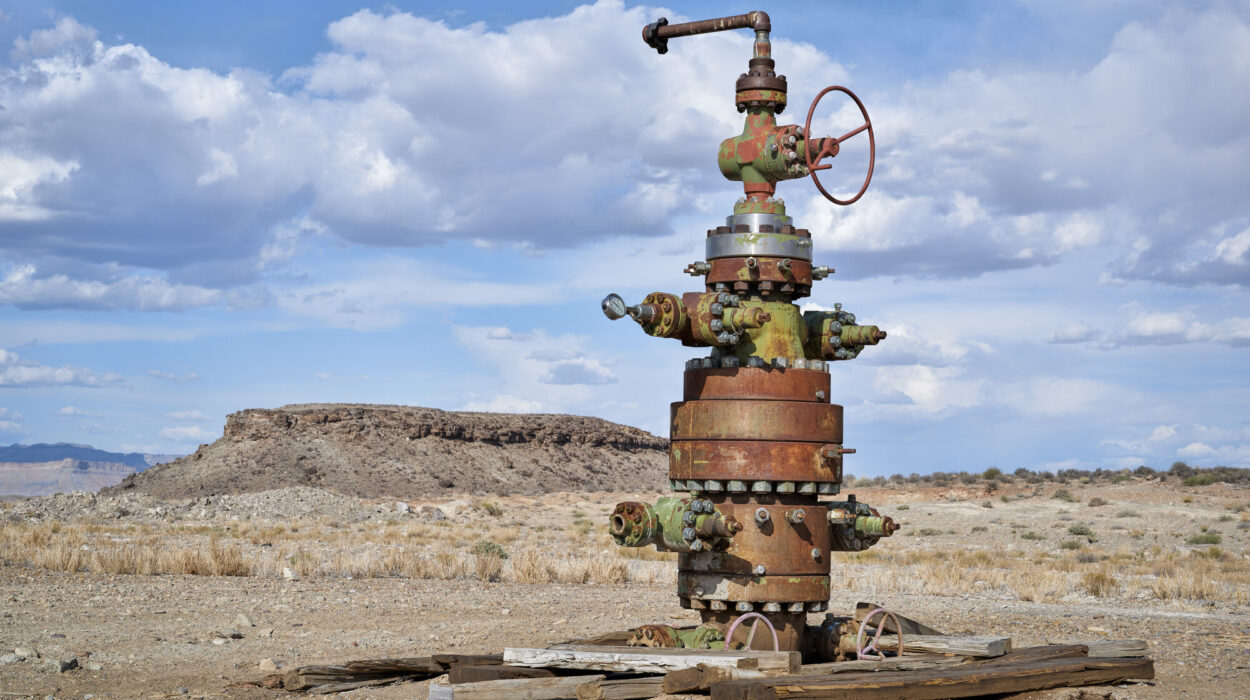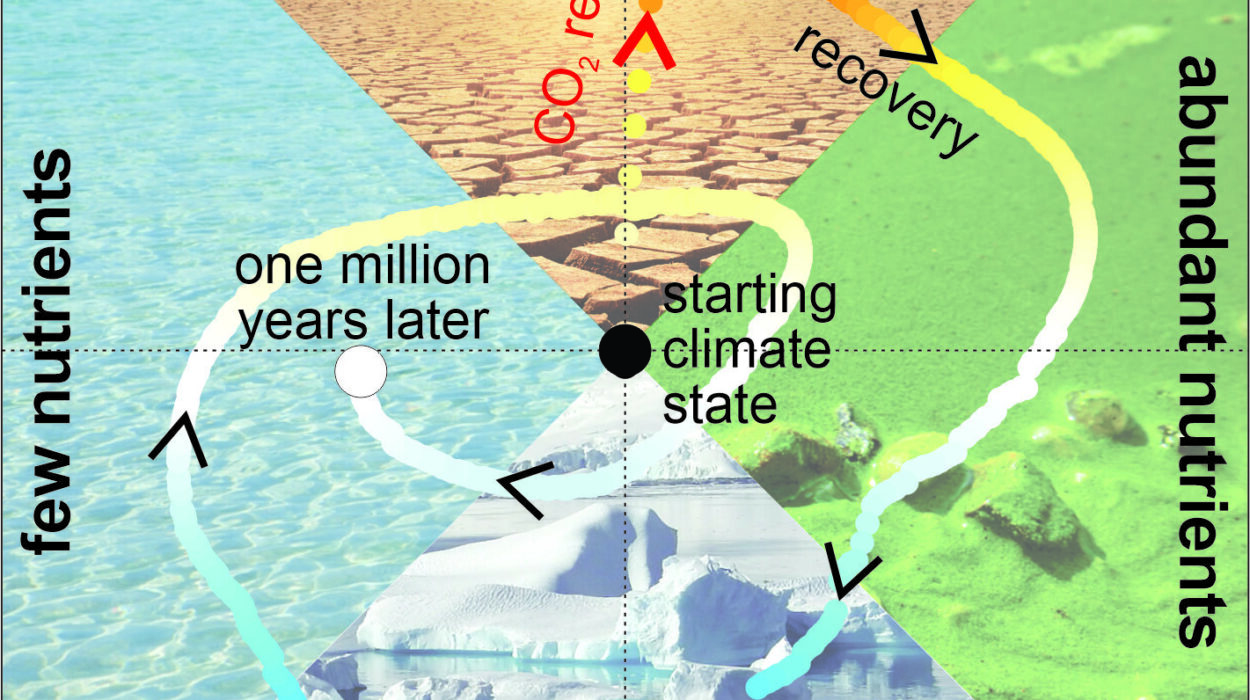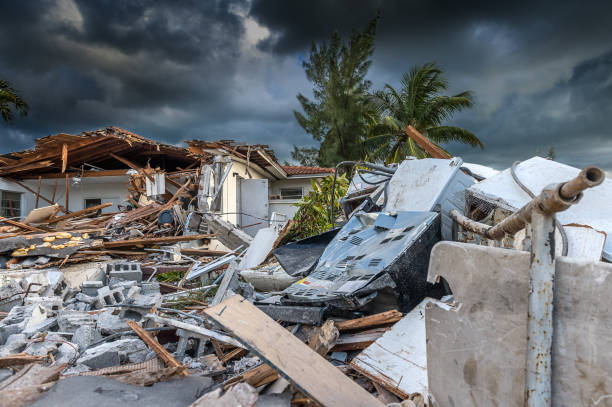Sometime between 1381 and 1391, long before Europeans had mapped the Caribbean or written histories of its islands, the sea rose up in fury. An earthquake greater than magnitude 8.0 struck deep beneath the ocean floor in the Puerto Rico Trench, one of the most seismically active zones in the Atlantic. Within moments, the violent motion of the Earth sent a towering wall of water hurtling toward the small island of Anegada, the northernmost of the British Virgin Islands.
When the waves struck, they flooded the low-lying land, sweeping coral and sand hundreds of meters inland. The powerful surge deposited massive coral boulders far from the shore, leaving behind a ghostly trail of destruction. The living corals perished, but their skeletons—silent witnesses of that ancient disaster—remained buried in the island’s soil.
More than six centuries later, those skeletal remains have begun to speak again, helping modern scientists uncover one of the oldest and most mysterious natural disasters in Caribbean history.
A Window Into the Past
In a recent study published in Geophysical Research Letters, researchers have narrowed the timing of this medieval tsunami to the final decades of the 14th century. The discovery does not just rewrite part of the region’s geological story—it also strengthens efforts to prepare for future disasters in one of the world’s most densely populated coastal regions.
“If you’re designing a school or a hospital near the coast, you want to know whether there’s a chance that a very big earthquake could occur, and you want to design that building to withstand it,” explained corresponding author Brian Atwater, a geologist with the U.S. Geological Survey and an affiliate professor at the University of Washington.
The research carries an urgent message: while the Caribbean’s turquoise waters and idyllic beaches attract millions of visitors each year, the region’s geological foundations hide a far more turbulent reality.
The Island That Faces the Deep
Anegada sits at the edge of danger. Unlike many of its neighboring islands, which are shielded by a broad continental shelf that slows and weakens approaching waves, Anegada’s seafloor plunges steeply toward the abyss of the Puerto Rico Trench. This deep undersea canyon marks the boundary where the Caribbean Plate and the North American Plate collide, grinding past each other in a slow but powerful geological struggle.
That unique topography makes Anegada especially vulnerable to tsunamis. When an earthquake shakes the trench, the energy it releases can push vast amounts of seawater outward and upward, forming massive waves that rush toward land. In most parts of the Caribbean, these waves lose strength before they reach the coast. But Anegada offers no such protection.
Clues Hidden in Coral
Until now, the northeastern Caribbean’s historical records told no story of such a tsunami. Written documentation in the region extends only about five centuries into the past, long after the 14th-century event. To go further back in time, researchers turned to the island’s geology—specifically, to the corals themselves.
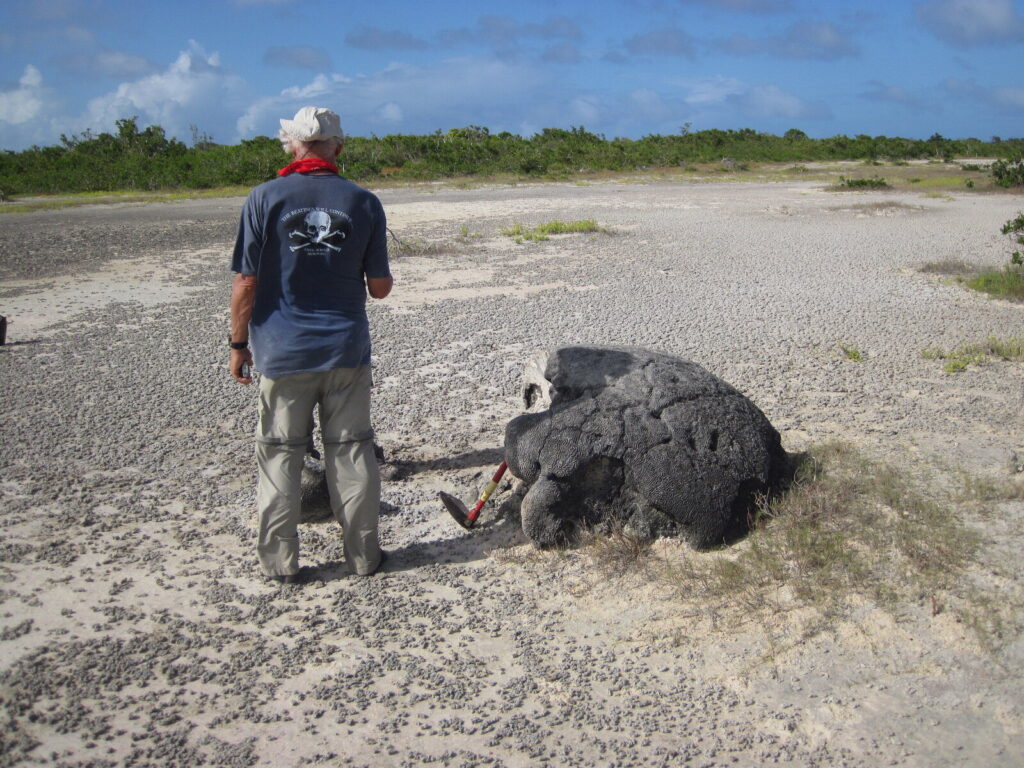
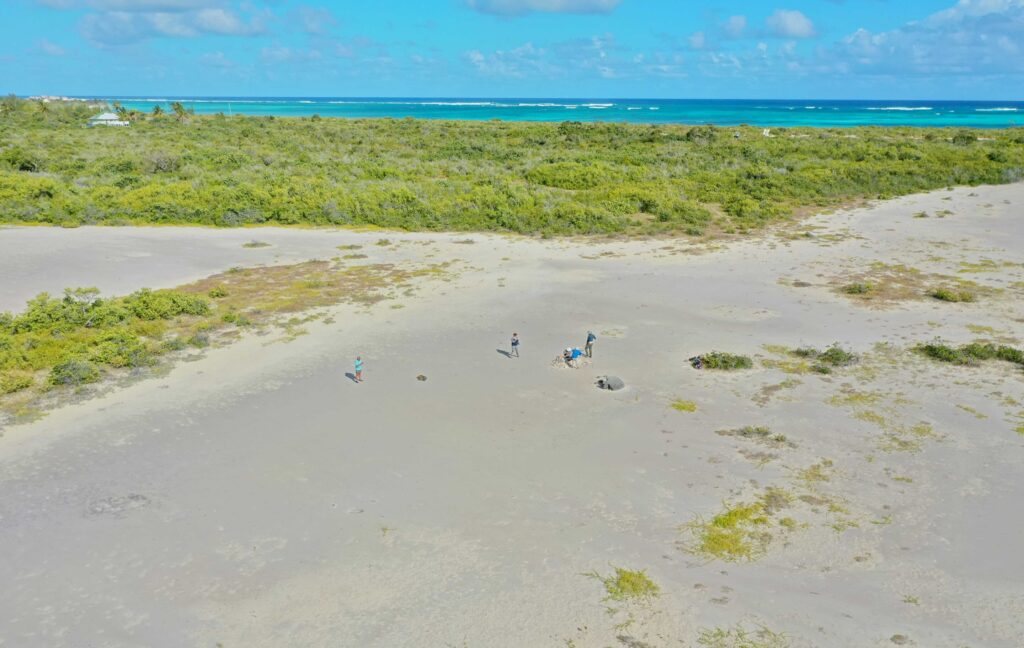
Coral skeletons, like tree rings, record the passage of time and the conditions of their environment. When a coral is suddenly torn from its home reef and deposited far inland, it becomes a fossilized record of a violent episode. These remnants became the foundation for a scientific detective story that stretched across decades.
Researchers first began investigating Anegada after the devastating 2004 Indian Ocean tsunami, which killed more than 250,000 people. The sheer scale of that disaster prompted scientists and governments to reassess tsunami risks worldwide, including along the Atlantic coasts.
Among those scientists was Uri ten Brink, a research geophysicist at the Woods Hole Coastal and Marine Science Center. He asked Atwater—who had spent years studying tsunami deposits in Indonesia—to examine whether a similar catastrophe could have struck the Caribbean in the distant past.
What Atwater and his collaborators found on Anegada astonished them: coral fragments, shell debris, and sand layers deposited far inland, evidence of an enormous flood unlike any known storm surge.
The Science of Time in Stone
In the most recent phase of the research, a team led by Hali Kilbourne, an associate research professor at the University of Maryland Center for Environmental Science, refined the timeline of this ancient tsunami with remarkable precision.
By analyzing the coral skeletons, the team used the natural radioactive decay of two elements—uranium and thorium—to calculate how long ago the corals died. These elements act like tiny atomic clocks, decaying at known, predictable rates. Measuring their ratio allows scientists to determine the coral’s age to within just a few decades.
To ensure accuracy, the researchers carefully extracted samples from the inner parts of the coral skeletons, areas less likely to have been altered by weathering or contamination. Then, by counting the annual growth bands—similar to the rings in a tree trunk—between the dated section and the coral’s outer edge, they estimated when the coral was alive just before it was ripped from the reef and cast ashore.
“Corals have annual density bands, much like tree rings,” Kilbourne explained. “We were able to count how many years passed between the top density bands and the sections we used for dating.”
Their results pointed to a devastating event that occurred between 1381 and 1391—a medieval tsunami generated by a massive earthquake in the Puerto Rico Trench.
Reading the Ocean’s Memory
The coral skeletons tell more than just the story of one tragic day—they preserve environmental information that spans decades or even centuries. The chemistry within the coral’s layers captures subtle variations in seawater temperature and salinity, allowing scientists to reconstruct past ocean conditions.
Kilbourne plans to continue studying the same coral samples to understand how climate patterns in the region have changed over long timescales. This kind of research bridges two powerful narratives: one about natural hazards, and another about the planet’s shifting climate. Together, they reveal how the Caribbean’s past is intertwined with the forces shaping its future.
The Lessons of Anegada
Anegada’s ancient tsunami offers a sobering reminder of how easily history can vanish without geological evidence. For centuries, this disaster went unremembered—its story buried beneath sand and coral. But its rediscovery carries lessons that could save lives today.
The Caribbean is home to millions of people living close to the sea. Coastal towns, tourist resorts, and ports all sit within reach of potential tsunamis triggered by earthquakes in the Puerto Rico Trench or other nearby fault zones. Although modern warning systems and communication networks are far more advanced than in the past, preparation remains essential.
Understanding how often large tsunamis occur helps engineers and planners design infrastructure that can withstand them. It also provides coastal communities with a more realistic sense of the risks they face. “You don’t want to be surprised by an event that’s happened before,” Atwater noted in earlier interviews about the project.
A Geological Legacy
The Anegada study also adds a vital chapter to the broader story of Earth’s restless surface. The Puerto Rico Trench is not only one of the deepest points in the Atlantic Ocean—it is also a boundary between two immense tectonic plates. The same processes that created the Caribbean’s beautiful islands also make them vulnerable to earthquakes and tsunamis.
By piecing together the evidence of past catastrophes, scientists can better understand how stress builds and releases along these fault lines. This understanding could one day improve forecasts and mitigation strategies for the entire region.
The island’s quiet landscape today—white sands, turquoise shallows, and scattered coral boulders—gives no hint of the catastrophe that once struck. Yet beneath its peaceful surface lies a geological archive of power and resilience.
Echoes Across Centuries
The 14th-century tsunami that struck Anegada is not just a historical curiosity—it is a message from the deep past, reminding us that the forces shaping our planet have not gone dormant. Earthquakes, tsunamis, and storms will continue to test humanity’s ingenuity and preparedness. But with knowledge comes strength.
By reading the ocean’s memory preserved in coral, we gain not only insight into a forgotten disaster but also the foresight to face those still to come. Anegada’s corals, silent for six hundred years, now speak for the sea—and their story urges us to listen.
The Living Memory of the Sea
In the end, what began as a study of ancient coral has become a testament to the enduring relationship between humanity and the ocean. The same waters that sustain life and beauty can also unleash unimaginable power. Yet, by studying that power—through science, through patience, through curiosity—we learn to coexist with it more wisely.
The ghost corals of Anegada, their skeletons still gleaming beneath the island’s soil, remind us that the past is never truly gone. It lives within the Earth, within the waves, and within the very bones of the creatures that once thrived there. And as scientists continue to unearth their secrets, the sea continues to tell its story—one band, one coral, one revelation at a time.
More information: K. Halimeda Kilbourne et al, Dating a Medieval Tsunami With Uranium‐Series Techniques on Caribbean Corals, Geophysical Research Letters (2025). DOI: 10.1029/2024gl114448
